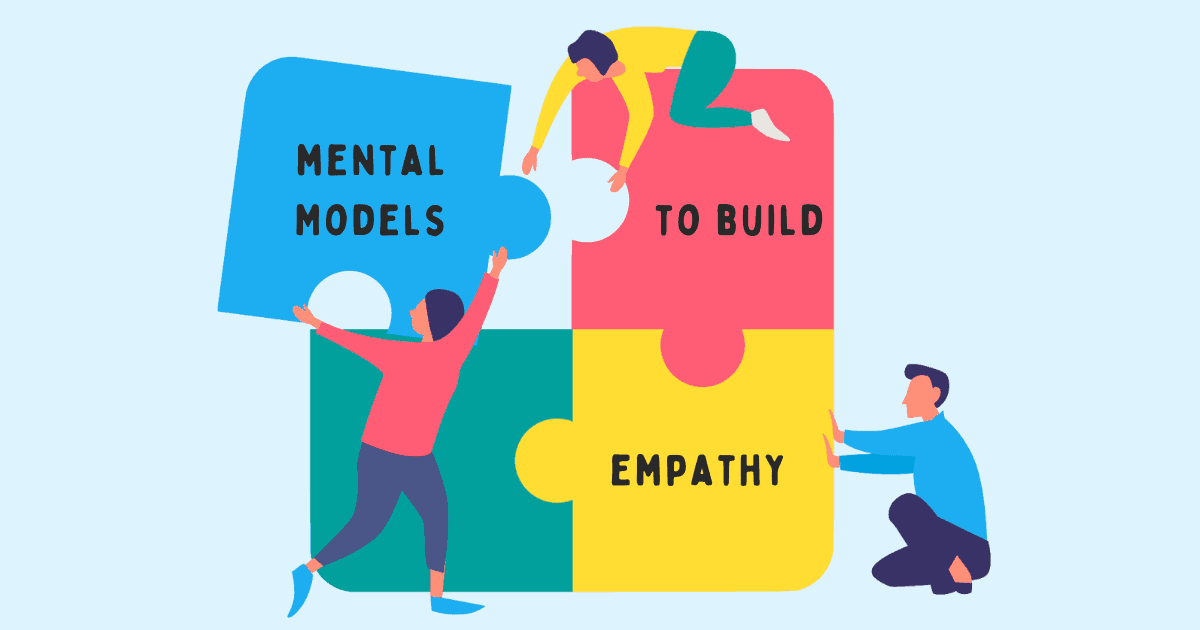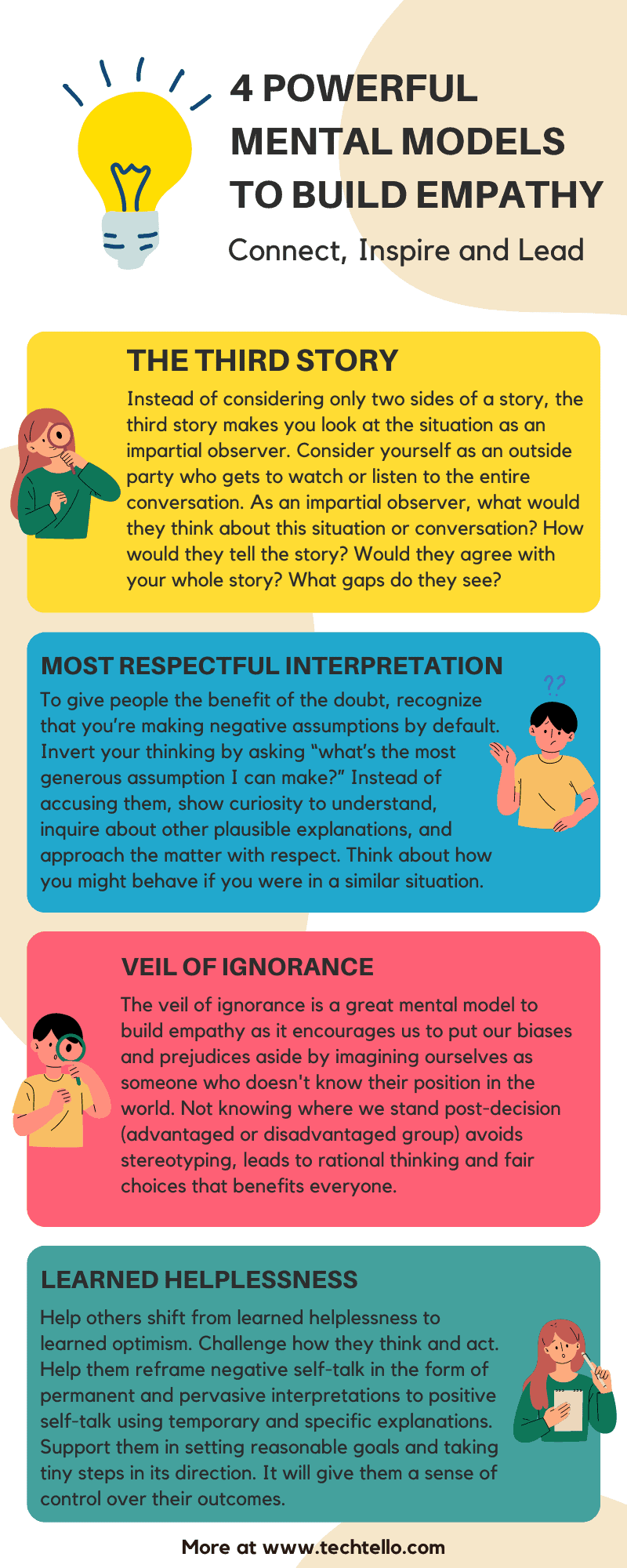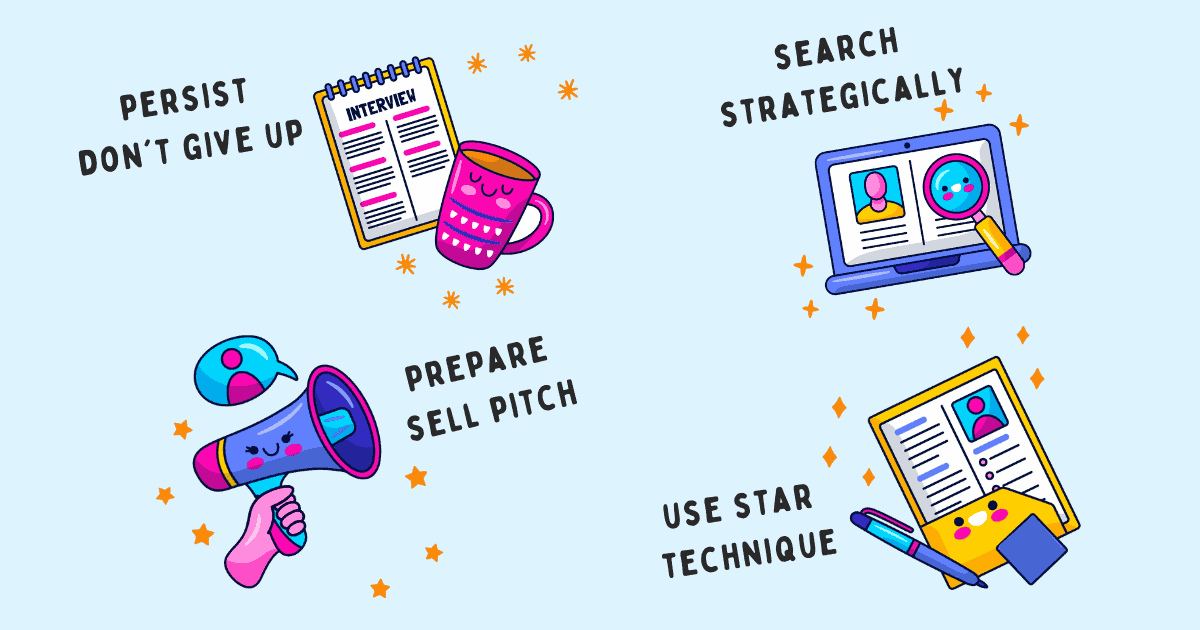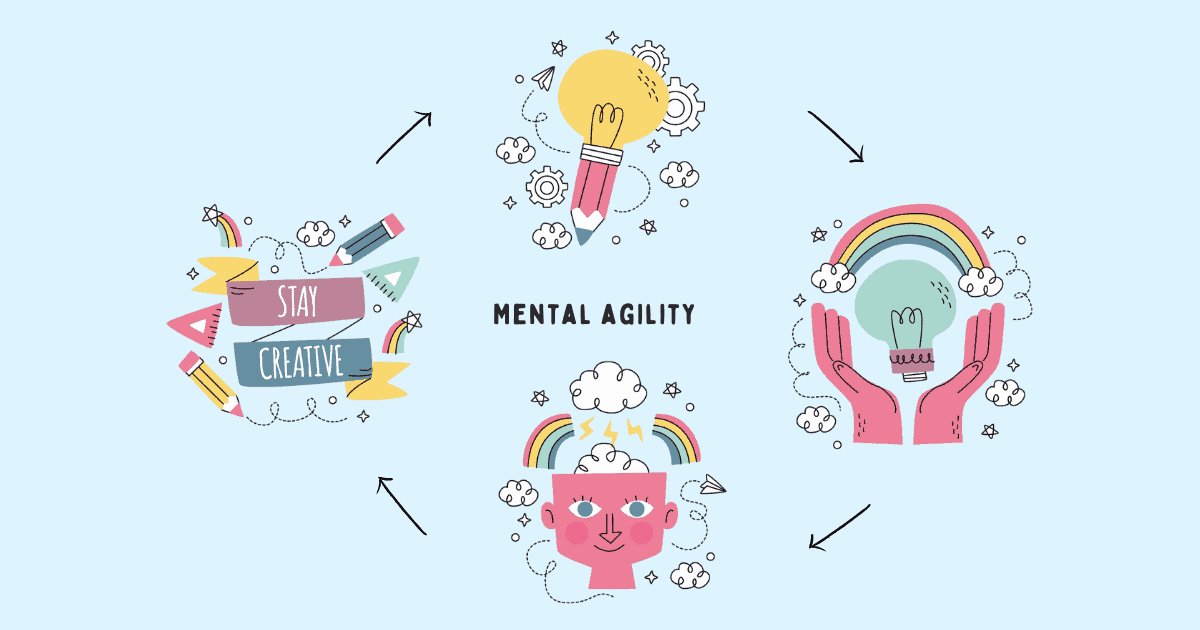4 Powerful Mental Models to Build Empathy At Work

Most problems we face at work involve people. We think we know others, how they think and what drives them. But most of the time we’re wrong. We look at others from our self-centered view of the world and make assumptions about other people’s behaviors and actions.
Others seem to be a source of our problem not because they’re who we think they’re, but how we interpret them—what assumptions we make about them, what beliefs we impose and what expectations we have from them.
You can’t be empathetic towards others and lead with your beliefs and notions. To build empathy at work, you have to be less wrong when judging other people’s behaviors and actions. You have to stop making assumptions about their circumstances and motivations. You have to step into their shoes to understand what they’re really thinking.
Practice these 4 mental models to build empathy at work:
- The third story
- Most respectful interpretation (MRI)
- Veil of ignorance
- Learned helplessness
The third story
When we are involved in a conflict, disagreement or have other personal differences, we double down on our side of the story—we stick to it assuming it’s right. This happens because we fail to be impartial, non-judgmental and consider others’ points of view objectively.
While we can clearly understand our own motivations, circumstances and beliefs, we can’t see the same in others. This sets wrong expectations—we assume others should think like us, behave like us and make the same decisions as we do.
Failing to understand what drives their thinking and what they see that we can’t widens the gap between our perception and reality.
Instead of considering only two sides of a story, the third story makes you look at the situation as an impartial observer and see it for what it really is. It helps you build empathy.
How to put third story into practice
Whenever you’re in a conflict, disagreement or when your views vary from those around you, to see the situation for what it really is:
- Consider yourself as an outside party who gets to watch or listen to the entire conversation.
- As an impartial observer, what would they think about this situation or conversation? How would they tell the story?
- Would they agree with your whole story? What gaps do they see?
Considering other people’s frame of reference gives you an opportunity to rethink your story. It opens you to the possibility that others don’t see things the same way as you do—which leaves less room for biased thinking, helps you rationally consider others’ points of view, and see how close to truth your reality is.
Douglas Stone describes the third story concept in Difficult Conversations “The key is learning to describe the gap—or difference—between your story and the other person’s story. Whatever else you may think and feel, you can at least agree that you and the other person see things differently.”
Not only does the third story enable you to look beyond your beliefs and assumptions, your willingness and attitude to consider alternative explanations and different points of view have a disarming effect on others. It invites and encourages them to be less defensive and even acknowledge your point of view.
Example of third story
Let’s say you’re passed up for a promotion. You may think your boss made the wrong decision because they’re biased or simply do not like you.
When you speak to your manager, they clearly explain the gaps in your knowledge and skills and why they think not promoting you is the right decision. Ignoring what they have to say and sticking to your story will only bring feelings of resentment and frustration.
This is where looking at the situation through the lens of an impartial observer will be helpful:
- Gather all the data points—where you excelled, where you failed, how you view your performance (and why), how your boss sees it (and why).
- How would an outside person view this case? Would they agree that you should be promoted or disagree with you?
Doing this objectively is hard at first. But with practice and desire to stay close to reality, you can get better at it. You can be more empathetic. Sometimes if the situation demands, appointing an outside person to play this role can also be effective.
Cognitive Distortions Bundle
Challenge and replace irrational thoughts with more realistic and adaptive thoughts.
Most respectful interpretation
It’s natural to feel anger and frustration when certain events do not work out the way we expected or people behave in a manner that isn’t aligned with our expectations. However, assuming the worst side of people—they’re lazy, disrespectful, ignorant, incompetent, negligent or mean—makes us jump to negative conclusions.
Judging others this way without challenging our instinctive reaction—our default setting is to assume the worst in others—not only adds to stress and anxiety, but it also leads to unwarranted mistrust, undermines progress, impacts how we respond to them and how we collaborate with them in the future.
Pausing to reflect on our negative emotions and inverting our thinking from making negative assumptions about people to considering the most respectful interpretation encourages us to be more generous towards others. It enables us to put ourselves in their shoes and see them just the way we would expect to be seen. Thinking this way requires effort and commitment but it also builds empathy.
How to put most respectful interpretation into practice
To give people the benefit of the doubt:
- Recognize that you’re making negative assumptions by default.
- Invert your thinking by asking “what’s the most generous assumption I can make?”
- Instead of accusing them, show curiosity to understand, inquire about other plausible explanations, and approach the matter with respect.
- Think about how you might behave if you were in a similar situation. What might cause you to be judged unfairly by others?
Approaching others this way by using the most respectful interpretation opens you to alternative interpretations, withhold judgment, and build trust.
In Rising Strong, Brene Brown talks about Jean Kantambu Latting, a professor in her master’s and doctoral program and one of her most important mentors. Whenever someone would bring up a conflict with a colleague, Kantambu would ask, “What is the hypothesis of generosity? What is the most generous assumption you can make about this person’s intentions or what this person said?”
Try doing the same to build empathy.
Example of most respectful interpretation
Imagine you have a product deliverable due in 2 weeks. To make your product functional, you’re dependent on another team member. You need to integrate their APIs with your product to test input/output and ensure all requirements are met.
You sent them mail yesterday and even pinged them on slack, but still haven’t heard from them. Not getting an update when you need it the most can make you mad:
- He’s irresponsible to not respond. Can’t he see how important this is?
- He’s incompetent and is purposefully trying to avoid me.
- He’s lazy and never does anything on time.
Assuming the other person is behaving a certain way purposefully or because this is who they’re without taking their situation into account (a classic case of fundamental attribution error) can cause you to follow up with an accusatory tone, complain to their manager or gossip about them.
Employing the most respectful interpretation in this case can help you build trust instead of breaking it:
- Maybe they’re not well or dealing with a personal crisis in life?
- Could they be working on a high-priority task that is taking all their time and attention?
- Is it possible that you haven’t communicated the priority well or they don’t understand that you are blocked on them to move forward?
- What are the other possible explanations for this situation?
Veil of ignorance
When we make decisions, we make them based on our context and our current position in society. Our beliefs on what is just and unjust, what is wrong and right, what is fair and unfair is colored by our own experiences, race, gender, ethnicity, and so on.
This leads to unfair, biased and sometimes even immoral decisions that favor a certain set of people while disregarding issues we can’t relate to because they do not carry any real significance in our personal lives. The decision is most likely based on our views, what benefits us and how we might be affected by it.
The veil of ignorance is a great mental model to build empathy as it encourages us to put our biases and prejudices aside by imagining ourselves as someone who doesn’t know their position in the world. Being ignorant of who we are forces us to consider people from all nationalities, gender, races and cultures in our choice. Not knowing where we stand post-decision (advantaged or disadvantaged group) avoids stereotyping, leads to rational thinking and fair choices that benefits everyone.
Veil of ignorance is most applicable to those in positions of power or those tasked with the responsibility to make decisions that impact others.
Using a veil of ignorance can help them put their cognitive biases aside, evaluate the decision by considering the benefit of the entire group instead of over-indexing on self-preservation and seek varied opinions instead of paying undue attention to what benefits them.
How to put veil of ignorance into practice
To stay more fair and impartial while making decisions:
- Imagine yourself as someone who’s ignorant of who they are—with your role, gender, culture, ethnicity and position as unknown.
- Apply rational thinking to assess the situation by considering different members of the group—will your decision advantage some and disadvantage others? Could it harm some and benefit others?
- What information you might be missing or what information you might be paying more attention to that can lead to a biased decision?
- Finally ask yourself “If I did not know how this will affect me, will I still support it?”
Put this way, the veil of ignorance is a highly powerful mental model to assume ignorance and turn it into bliss.
The Fairness Principle: When contemplating a moral action imagine that you do not know if you will be the moral doer or receiver, and when in doubt err on the side of the other person. This is based on the philosopher John Rawls’s concepts of the “veil of ignorance” and the “original position” in which moral actors are ignorant of their position in society when determining rules and laws that affect everyone, because of the self-serving bias in human decision making.
— Michael Shermer, The Moral Arc
Example of veil of ignorance
Post-pandemic, let’s say your organization wants to re-evaluate its decision to continue working remotely or ask employees to come to the office.
Your VP of Engineering, a highly influential person, is tasked with this responsibility. Without veil of ignorance, she will be biased toward a decision that supports her personal views on remote work, what she values, and how a particular decision might harm or benefit her.
Just because she believes that teams perform better when they’re face to face or her work demands her to be in the office most of the time, she might decide to end the policy that allows employees to work remotely and ask everyone to come to the office.
Not being able to evaluate how her decision impacts employees at all levels prevent her from understanding the challenges that certain employees or certain groups of people might face. Putting on a veil of ignorance by not knowing her position in the organization can encourage her to look at her decision holistically—she can be more empathetic towards different people, their circumstances and come up with creative solutions to problems. What flexibility do parents need? Are there employees who need to take care of someone at home? How can she make it easy for people with disabilities?
Learned helplessness
When faced with adversity, it’s common to feel indecisive, restless, and anxious about the future.
An optimist is briefly disturbed by the experience but soon bounces back while a pessimist continues to be paralyzed by fear of failure. An optimist storms out of this phase with the belief that it’s only a rough patch while the pessimist spirals into hopelessness with the belief in the permanent nature of their situation.
Gabriel Weinberg writes in Super Thinking “Learned helplessness describes the tendency to stop trying to escape difficult situations because we have gotten used to difficult conditions over time. Someone learns that they are helpless to control their circumstances, so they give up trying to change them.”
This makes a certain set of people believe that they’re incapable of doing or learning certain things. To improve empathy at work, instead of attributing their difficulties to their incompetence, help them see that they’re not helpless and their actions can actually make a difference.
Self-Compassion Workbook
Cultivate kindness and strength in the face of difficulty and foster a new, more gentle and loving perspective on your struggles.
How to help others escape learned helplessness
Help others shift from learned helplessness to learned optimism by doing this:
- Challenge how they think and act.
- Help them reframe negative self-talk in the form of permanent and pervasive interpretations to positive self-talk using temporary and specific explanations.
- Support them in setting reasonable goals and taking tiny steps in its direction. It will give them a sense of control over their outcomes.
- Share positive feedback and remind them of all the good things they’ve achieved so far. Encourage them to not give up and keep trying.
Example of learned helplessness
Martin Seligman, father of modern positive psychology conducted experiments way back in 1964 that proved how people learn to feel helpless.
A caged dog receives electric shocks to its back paws. The shocks come randomly and without warning. If the dog does nothing, the shock lasts five seconds, but if the dog pushes its nose against a panel at the front of the cage, the shock ends early. In a separate cage, another dog receives the same shocks at exactly the same intervals, but there’s no panel to push on. In other words, both dogs get the exact same dosage of shock at the exact same times, but only the first dog is in control of how long each shock lasts. After sixty-four shocks, both dogs go back to their home cages, and new dogs are brought in for the same procedure.
The next day, one by one, all the dogs are placed in a different cage called a shuttle box. In the middle, there’s a low wall, just high enough that the dogs can leap the barrier if they try. A high-pitched tone plays, heralding an impending shock, which comes through the floor of the half of the shuttle box where the dog is standing. Nearly all the dogs who had control over the shocks the previous day learn to leap the barrier. They hear the tone and jump over the wall to safety. In contrast, two-thirds of the dogs who had no control over the shocks the previous day just lie down whimpering, passively waiting for the punishment to stop.
Human beings tend to behave the same way as published in this 1975 experiment by Donald Hiroto and Martin Seligman. In this experiment, people are randomly divided into three groups. People in the first group are exposed to an annoying loud noise that they can stop by pushing a button in front of them. People in the second group hear the same noise but can’t turn it off, though they try hard and people in the third group, the control group, hear nothing at all. The following day, the subjects are faced with a brand-new situation that again involves noise. To turn the noise off, all they have to do is move their hands about 12 inches. The people in the first and third groups figure this out and readily learn to avoid the noise. But those in the second group typically do nothing. In phase one they failed, realized they had no control, and became passive. In phase two, expecting more failure, they don’t even try to escape. They have learned helplessness.
Strangely, however, about a third of the animals and people who experience inescapable shocks or noise never become helpless. What is it about them that makes this so?
Martin’s study concluded that the answer is optimism. He showed that it is not suffering that leads to hopelessness, it’s the suffering you believe that you can’t control. While pessimists feel helpless because they think the situation is beyond their control and refuse to do anything to change it, optimists do everything in their power to take control of their situation. Adversity doesn’t define them, it is one of the engines to fuel their growth.
When others say things like “public speaking is not for me” or “I can never code” or “I can’t quit my job even though it makes me miserable,” recognize that these people are dealing with learned helplessness and they just need your guidance and support to realize that they aren’t really helpless and their actions can make a big difference.
Practicing these 4 mental models—the third story, most respectful interpretation, veil of ignorance and learned helplessness—to increase empathy at work can improve communication, strengthen your ability to connect with others, boost creativity and lead to more effective collaboration.
If you want to connect, inspire and lead, start deploying empathy at work in small daily interactions.
Summary
- Showing empathy at work is crucial to connect, communicate and collaborate in an effective way.
- Instead of misjudging others’ behavior or making assumptions about their actions, showing empathy at work requires putting them aside and stepping into their shoes to understand what they’re really thinking.
- In a conflict or a disagreement, build empathy by using the third story mental model to get rid of your biases and prejudices and explore alternative views.
- When others don’t meet your expectations, instead of assuming they are bad, mean or disrespectful, be empathetic by thinking of the most respectful interpretation.
- When making a decision, we are bound to choose a side that benefits us. This is where using the veil of ignorance helps. Not knowing whether the decision benefits or harms you enables taking an empathetic view and fair decision-making.
- Some people may find it hard to get over failures and setbacks. Learned helplessness prevents them from learning and moving forward. Increase empathy at work by showing them how their own action can help them overcome any difficulty.






























